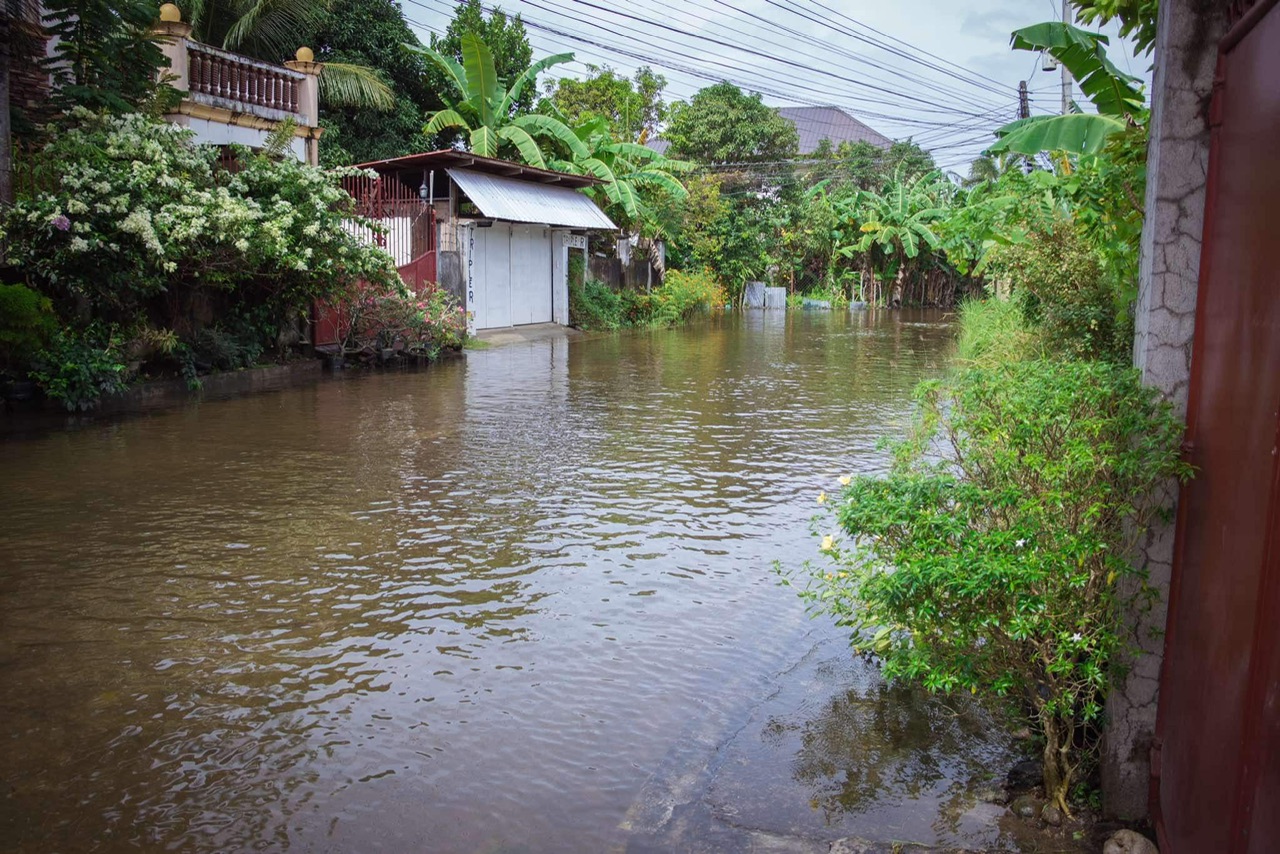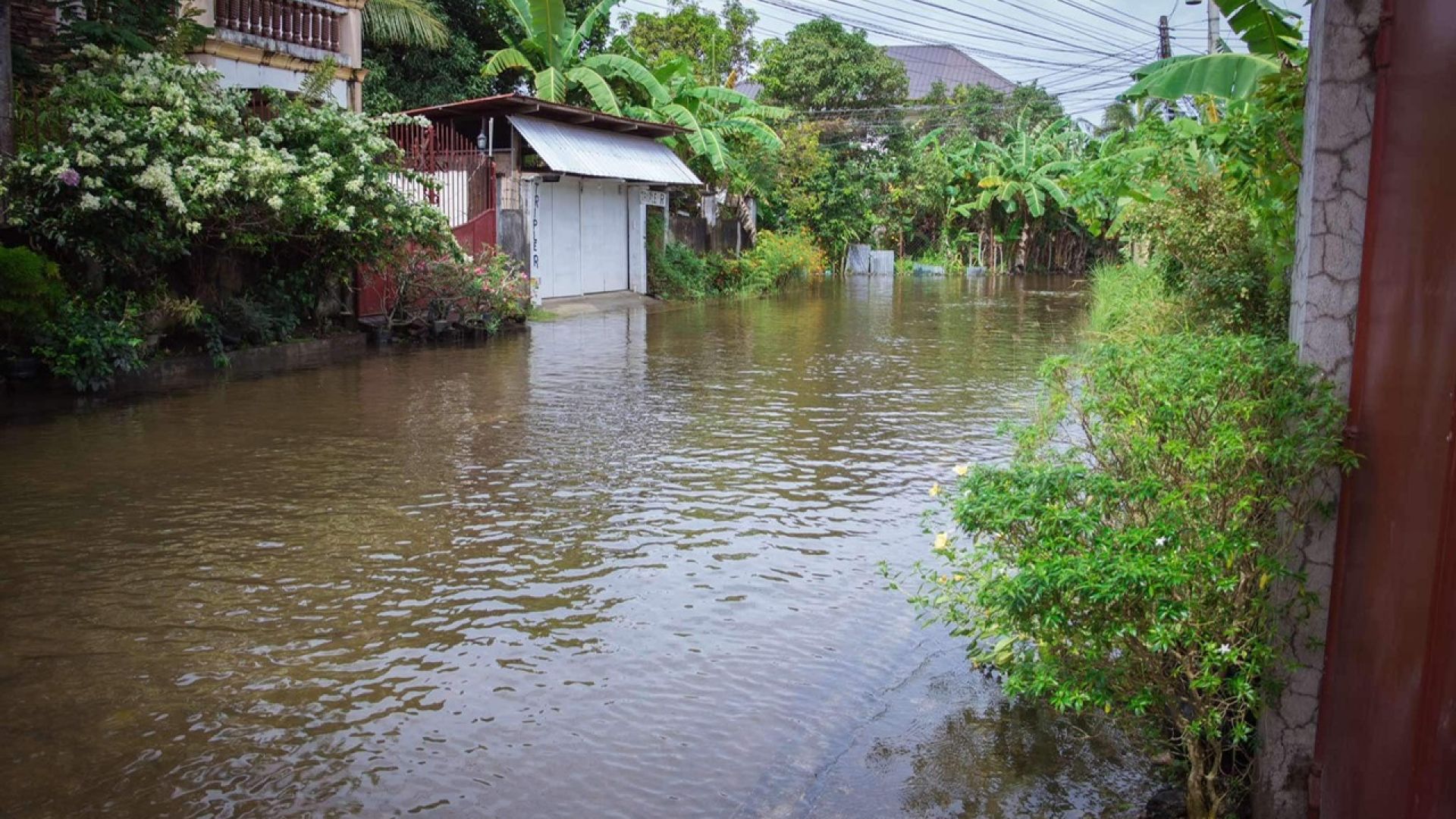With the flood waters caused by Typhoon Carina now receded, Filipinos are asking: ‘How can weprevent this from happening again?’. For as long as it has existed, flooding has plagued the low-lyingareas of Metro Manila and other provinces, and the recent super typhoon only highlighted theaggravating issue. Despite the flood mitigation efforts of government units and agencies, thePhilippines continues to experience severe up to life-threatening level of flooding.
Dr. Arnold Paglinawan, an engineer and Mapúa University’s dean of the School of Electrical,Electronics, and Computer Engineering, and Engr. Romnick Cartusiano, a Mapúan alumnus, identified several factors that cause and worsen flooding, emphasizing that climate change is a majorcontributor—its effects leading to fiercer typhoons and heavier rainfall patterns. These more intensestorms entail a drastic adjustment in disaster response every time flooding occurs.

The engineers highlighted another contributing factor, which is the lack of adequate land and water preservation efforts. The disruption of natural resources, they said, critically affects plant and wildlife habitats, which may occur during reclamation or commercialization projects, since these developments could disturb natural barriers such as mangroves, wetlands, or marshes, which are considered the first line of defense from typhoons and storms.
The country’s growing population also plays a major role in flooding. The two underscored that the huge population requires more natural resources to make a living and contributes to a massive waste problem. They further noted that uncoordinated development of infrastructure projects, including roads, bridges, ripraps, or slope protection further intensifies flooding. Projects that have not been well coordinated within localities, national agencies, and even homeowners associations make it difficult to implement a cohesive solution that sufficiently addresses the problem. These infrastructure projects significantly affect drainage systems and other waterways. If overlooked, the volume of surface runoff cannot be accommodated by the sewage, leading to prolonged flooding.
As a realistic and effective solution, the Mapúan engineers recommended that a nationwide approach to flood mitigation measures be taken seriously to finally arrest the country’s flooding dilemma. This will ensure the wide-scale success of flood prevention initiatives and guarantee that all localities are well-prepared to handle the volume of runoff in their drainage systems. Well-coordinated projects will also encourage each locality to apply a continuity plan so no single area will fall to a calamity or become a catch basin for floods.
They also recommended investing in advanced technological tools for weather forecasting, which are crucial for anticipating potential weather disturbances and calamities. While Rapid Disaster Needs Assessment (RDNA) are conducted by the Office of the Civil Defense (OCD) through the National Disaster Risk Reduction Management Council (NDRRMC) and Local Disaster Risk Reduction Management Council (DRRMCs) prior to the arrival of typhoons, additional data gathering tools could enhance their ability to make science-based decisions.
The country could greatly benefit from technological innovations intended to aid people in times of weather disturbances, such as WEHLO, a community-oriented initiative by Mapúan engineers that serves as a decision-support system for monitoring the impact of weather and enhancing local disaster preparedness for a more resilient Philippines.
Creating a water impounding facility or floodwater cistern in flood-prone areas is also effective, as suggested by Dr. Paglinawan and Engr. Cartusiano. Such a facility has two benefits: a catch basin helps the city contain the volume of greywater in its area, and it may also treat the collected graywater and use it for watering plants, cleaning, and other tasks.
They also suggested that installing green infrastructures throughout lowland areas, such as bioretention systems, also known as rain gardens, stormwater planters, and biofilters, using permeable pavements and naturalized detention basins, may also lessen the incidences of flooding.
While these measures may sound simple, when successfully implemented together, their collective impact could significantly affect how we weather the next super typhoon. Similarly, Dr. Paglinawan stressed that flooding is not solely a problem for local government units. The
private sector and ordinary individuals must also cooperate, collaborate, and exercise discipline in abiding with the government’s flood mitigation strategies.
“We need to understand the various causes of flooding, including climate change, and address them. We should all commit to make a collective effort because this is not just a problem of a single person, and therefore, should be resolved by the contributing effort of everyone,” said the Dean.
Creating green infrastructures and sustainable, climate change-resilient spaces is an emphasis of Mapúa’s engineering programs. To learn more, visit https://bit.ly/AskMapua.
Disclaimer: The perspectives shared in this article reflect the professional views of the engineers and do not necessarily represent the positions of the institutions or localities they are associated with.




